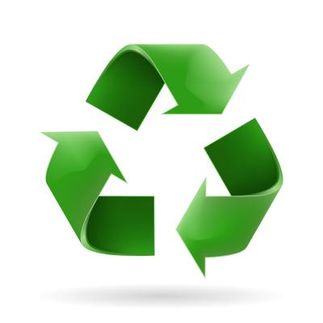Ceresana Updates Report on the Global Solvent Market
Advertisement
The market experts from Ceresana forecast the global solvent market to earn revenues of about US$33 billion in 2019. Especially the dynamic economic development in emerging countries like China, India, Brazil, or Russia will continue to boost the demand for solvents. The market research institute expects worldwide solvent consumption to increase at an average annual rate of 2.5% over the next years. Accordingly, the growth rate seen during past eight years will be surpassed.
Winners and Losers
The most frequently used solvents are alcohols, such as ethanol, n-butanol, isopropanol, and methanol. About 6.4 million tonnes of alcohol-based solvents were utilized worldwide in 2011. Demand for ethanol and ethers is projected to rise at an above-average growth rate of more than 3% per year between 2011 and 2019. Demand for halogenated solvents is especially declining in Western Europe and North America. Also aromatics and pure hydrocarbons will continue their downward trend.
Amongst other things, the most comprehensive report worldwide analyzes how the use of solvents will develop in individual markets. Most important buyers include producers of paints and coatings. They are followed by a considerable distance by printing ink manufacturers: The printing ink industry accounted for somewhat more than 8% of global solvent demand in 2011. The pharmaceutical industry came in third place, followed by cosmetics and adhesives. Furthermore, solvents are used in a broad variety of other industrial applications, for example in chemical manufacturing processes, cooling circuits, chemical dry-cleaning, and as de-icing agents.
The adhesive industry is expected to record the strongest growth in solvent use. Besides private consumption, adhesives are increasingly used in industrial applications. They allow for easy, safe and flexible connections, which are usually inexpensive and light-weight.
Emerging and Developing Countries Are Stimulating Growth
With a roughly 39% share of global consumption, Asia-Pacific is the largest solvent outlet, followed by North America and Western Europe. Asian countries will further increase their shares in the global solvent market – mainly at the expense of saturated industrial countries. Many emerging and developing countries benefit from an increasing solvent demand – above all in the paint, coating, and adhesive industries.
For example, solvent demand in the paint & coating industry is predicted to increase by 2.9% per year until 2019. Mainly emerging and developing countries will boost this trend: Rising prosperity in these countries will result in an increasing per-capita consumption of paints.
Environmental Awareness Is Influencing the Market
The market for solvents is considerably influenced by legal regulations and the growing environmental awareness of end-consumers. Changes targeted at reducing the environmental impact of solvents will focus on both production methods and further substitutions of specific solvent types. The manufacture of solvents from renewable resources reduces the dependence on petroleum and improves the CO2 balance.
Western Europe and North America will continue to pursue their goal of reducing emissions of VOCs (volatile organic compounds). The shifting from solvent-based paints to water-based or other solvent-free paints is negatively impacting the solvent demand in these regions. In the other regions, environmental protection is far less important. However, this is going to change in the long term.

























































